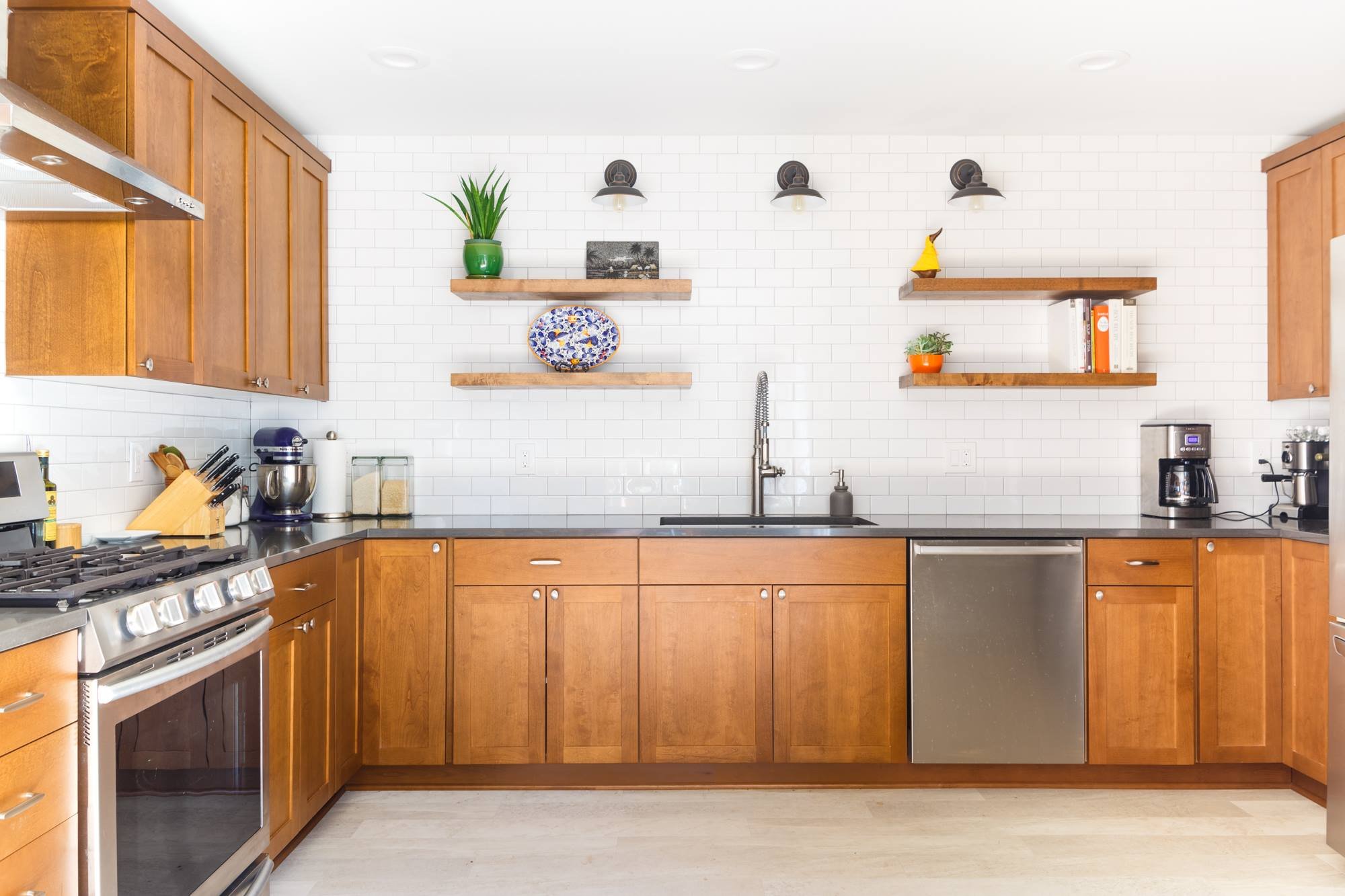Picking the Right Cabinet for Your Kitchen Remodel
When remodeling your kitchen, cabinets play a crucial role in style and functionality. Choosing the right ones can transform your space and add significant value to your home. Here’s how to make the best decision for your needs and aesthetic:
1. Define Your Budget
You can start by setting a clear budget. Cabinets can consume up to 40% of your kitchen remodel costs. Decide whether you're going for stock, semi-custom, or custom cabinets:
Stock cabinets are the most affordable and come in standard sizes.
Semi-custom cabinets offer more styles and sizes.
Custom cabinets are made to order but can be significantly more expensive.
2. Choose the Right Material
Cabinet materials affect durability and look. Common options include:
Solid wood (like maple, oak, or cherry): durable and timeless.
Plywood: strong and often used for cabinet boxes.
MDF or particleboard: more affordable but less durable.
3. Pick a Door Style
The door style sets the tone of your kitchen. Consider:
Shaker: simple, classic, and versatile.
Slab: sleek and modern with a flat front.
Raised panel: traditional and detailed.
4. Consider Finish and Color
Cabinets can be painted, stained, or laminated. Light colors make a kitchen feel open and spacious, while dark colors add drama and richness. Matte, gloss, or textured finishes also influence the final look.
5. Maximize Storage and Functionality
Think about how you use your kitchen and choose features like:
Pull-out shelves
Lazy Susans
Soft-close drawers
Built-in spice racks or organizers
6. Match Your Style
When planning your kitchen design, it's essential to ensure that your cabinet choices are in harmony with the overall aesthetic you want to achieve. Whether you're aiming for a sleek and contemporary modern look, the cozy and rustic charm of a farmhouse style, or the timeless elegance of a traditional kitchen, the design of your cabinets should complement and enhance that theme.
7. Think Long-Term
When selecting materials and fixtures, it’s essential to prioritize durability and ease of maintenance. Opt for high-quality hardware and finishes that are specifically designed to withstand the wear and tear of daily use. This ensures longevity and minimizes the need for frequent repairs or replacements. Look for products that are resistant to scratches, stains, and corrosion, and consider finishes that are easy to clean and maintain.



